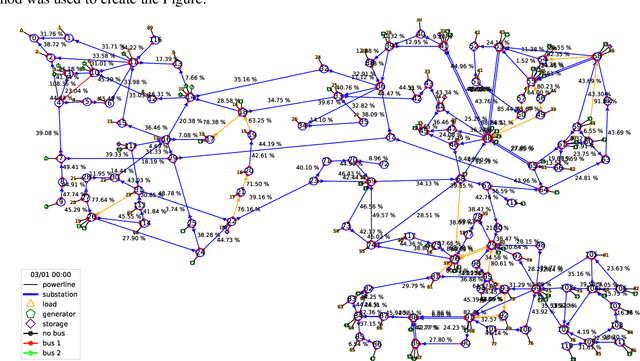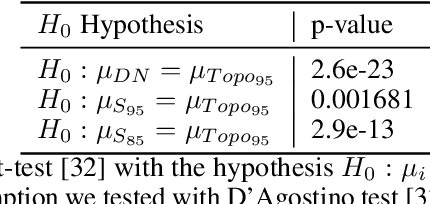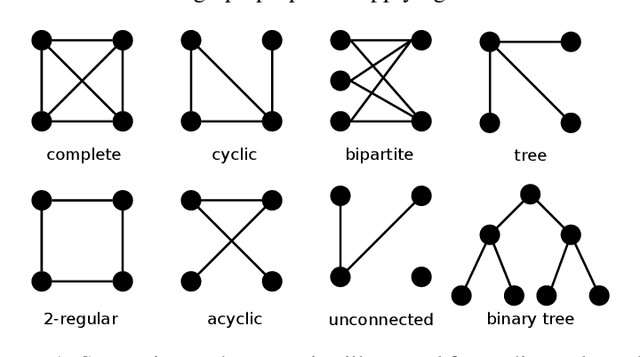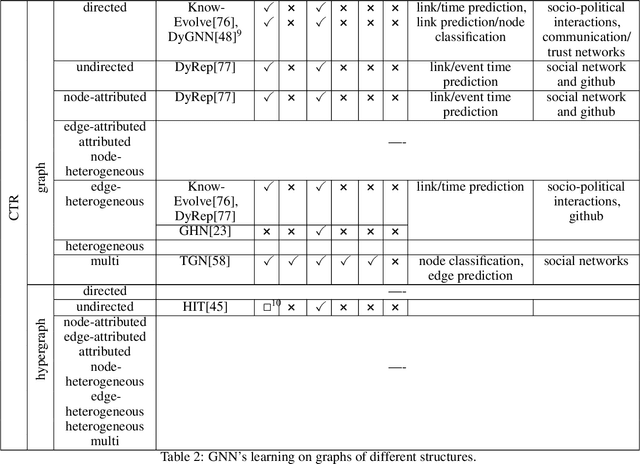Clara Holzhüter
Learning Topology Actions for Power Grid Control: A Graph-Based Soft-Label Imitation Learning Approach
Mar 19, 2025Abstract:The rising proportion of renewable energy in the electricity mix introduces significant operational challenges for power grid operators. Effective power grid management demands adaptive decision-making strategies capable of handling dynamic conditions. With the increase in complexity, more and more Deep Learning (DL) approaches have been proposed to find suitable grid topologies for congestion management. In this work, we contribute to this research by introducing a novel Imitation Learning (IL) approach that leverages soft labels derived from simulated topological action outcomes, thereby capturing multiple viable actions per state. Unlike traditional IL methods that rely on hard labels to enforce a single optimal action, our method constructs soft labels over actions, by leveraging effective actions that prove suitable in resolving grid congestion. To further enhance decision-making, we integrate Graph Neural Networks (GNNs) to encode the structural properties of power grids, ensuring that the topology-aware representations contribute to better agent performance. Our approach significantly outperforms state-of-the-art baselines, all of which use only topological actions, as well as feedforward and GNN-based architectures with hard labels. Most notably, it achieves a 17% better performance compared to the greedy expert agent from which the imitation targets were derived.
Graph Reinforcement Learning in Power Grids: A Survey
Jul 05, 2024Abstract:The challenges posed by renewable energy and distributed electricity generation motivate the development of deep learning approaches to overcome the lack of flexibility of traditional methods in power grids use cases. The application of GNNs is particularly promising due to their ability to learn from graph-structured data present in power grids. Combined with RL, they can serve as control approaches to determine remedial grid actions. This review analyses the ability of GRL to capture the inherent graph structure of power grids to improve representation learning and decision making in different power grid use cases. It distinguishes between common problems in transmission and distribution grids and explores the synergy between RL and GNNs. In transmission grids, GRL typically addresses automated grid management and topology control, whereas on the distribution side, GRL concentrates more on voltage regulation. We analyzed the selected papers based on their graph structure and GNN model, the applied RL algorithm, and their overall contributions. Although GRL demonstrate adaptability in the face of unpredictable events and noisy or incomplete data, it primarily serves as a proof of concept at this stage. There are multiple open challenges and limitations that need to be addressed when considering the application of RL to real power grid operation.
HUGO -- Highlighting Unseen Grid Options: Combining Deep Reinforcement Learning with a Heuristic Target Topology Approach
May 01, 2024



Abstract:With the growth of Renewable Energy (RE) generation, the operation of power grids has become increasingly complex. One solution is automated grid operation, where Deep Reinforcement Learning (DRL) has repeatedly shown significant potential in Learning to Run a Power Network (L2RPN) challenges. However, only individual actions at the substation level have been subjected to topology optimization by most existing DRL algorithms. In contrast, we propose a more holistic approach in this paper by proposing specific Target Topologies (TTs) as actions. These topologies are selected based on their robustness. As part of this paper, we present a search algorithm to find the TTs and upgrade our previously developed DRL agent CurriculumAgent (CAgent) to a novel topology agent. We compare the upgrade to the previous CAgent agent and can increase their scores significantly by 10%. Further, we achieve a 25% better median survival with our TTs included. Later analysis shows that almost all TTs are close to the base topology, explaining their robustness.
Graph Neural Networks Designed for Different Graph Types: A Survey
Apr 06, 2022



Abstract:Graphs are ubiquitous in nature and can therefore serve as models for many practical but also theoretical problems. Based on this, the young research field of Graph Neural Networks (GNNs) has emerged. Despite the youth of the field and the speed in which new models are developed, many good surveys have been published in the last years. Nevertheless, an overview on which graph types can be modeled by GNNs is missing. In this survey, we give a detailed overview of already existing GNNs and, unlike previous surveys, categorize them according to their ability to handle different graph types. We consider GNNs operating on static as well as on dynamic graphs of different structural constitutions, with or without node or edge attributes. Moreover in the dynamic case, we separate the models in discrete-time and continuous-time dynamic graphs based on their architecture. According to our findings, there are still graph types, that are not covered by existing GNN models. Specifically, models concerning heterogeneity in attributes are missing and the deletion of nodes and edges is only covered rarely.
 Add to Chrome
Add to Chrome Add to Firefox
Add to Firefox Add to Edge
Add to Edge